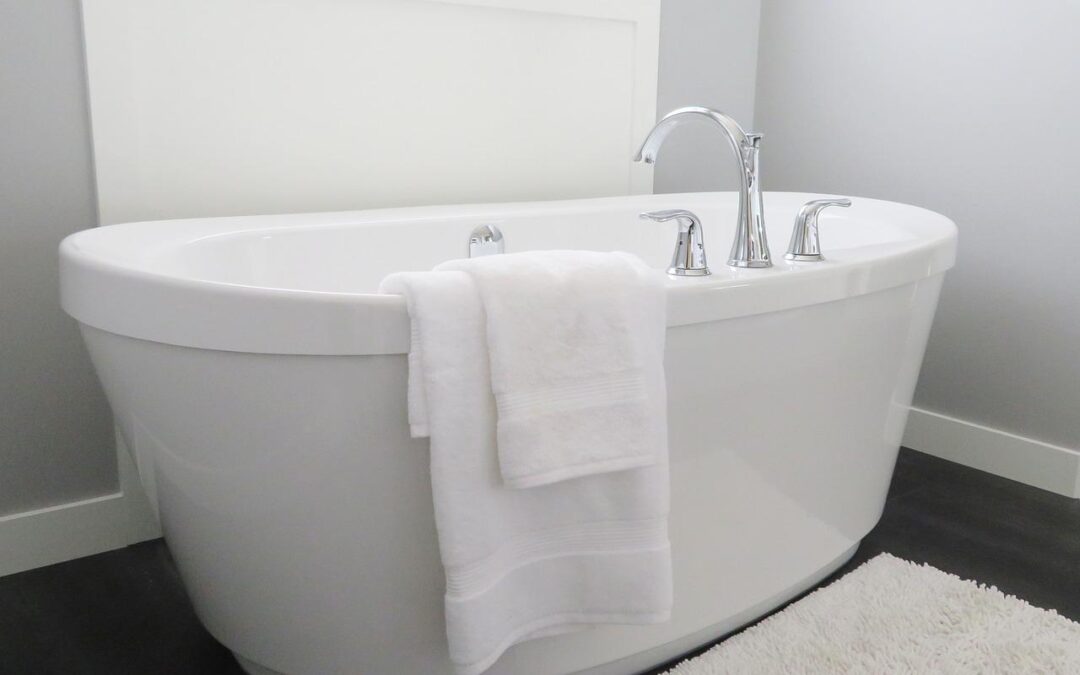Learn as much about the plumbing system of your home as possible to keep it in top shape.
Every Plunger is Different in It’s Own Way
The majority of homes only have one type or the other of a plunger. It’s usually a flat or bell plunger with an flange. You need both types of plungers to keep your drains clear. Two plungers are necessary because they can be used for different fixtures.
Flat plungers are used to plunge floor drains or sinks. Flat surfaces are designed to fit over drains and provide better suction.
Toilets require a different type plunger. Because it is not designed to fit over the hole in the toilet, a sink plunger will not suffice. Toilets require a toilet plunger that fits inside the drain of the toilet and creates tight suction.
Each of these plungers are very affordable. If you want to prevent your drains from becoming clogged, make sure to visit the local home improvement store and get a sink as well as a toilet plunger.
Insulation is a must for plumbing
Insulating your home is crucial to prevent heat loss and extreme cold. But did you know that insulation also benefits your plumbing? Insulating your lowers will reduce heat loss as water flows from the water heater through the pipes into the plumbing fixtures. This also reduces energy and utility bills.
An insulating blanket can be used to reduce energy consumption. To learn more about pipe insulation, consult a Glendale Plumber.
A Leaky Faucet Needs Repair ASAP!
Most people don’t think of slab leaks when they think of costly water leaks. These leaks form under your home’s foundation. They can cause low water pressure or spikes in water use. It can cause structural damage to your home.
However, the leaky faucet in your master bedroom’s bath is just as expensive as a slab leak. Leaky shower-heads and faucets can waste hundreds of gallons every month. This adds up over a year to a significant increase in your monthly water bill. These leaks can be fixed easily and are relatively inexpensive.
Sewer line repair is your responsibility
Although the city does maintain a portion of the sewer line that serves your home, the majority is your responsibility. If your sewer line is not working, you shouldn’t expect the city will fix it. To avoid costly repairs, make sure your sewer line is regularly inspected for cracks and leaks.
Convert the Septic
Did you know that many homes are eligible for septic-to-sewer conversion? You don’t have to maintain your septic tank. There are many options available. You may be able connect your plumbing to a main sewer line near your property or on your street.

